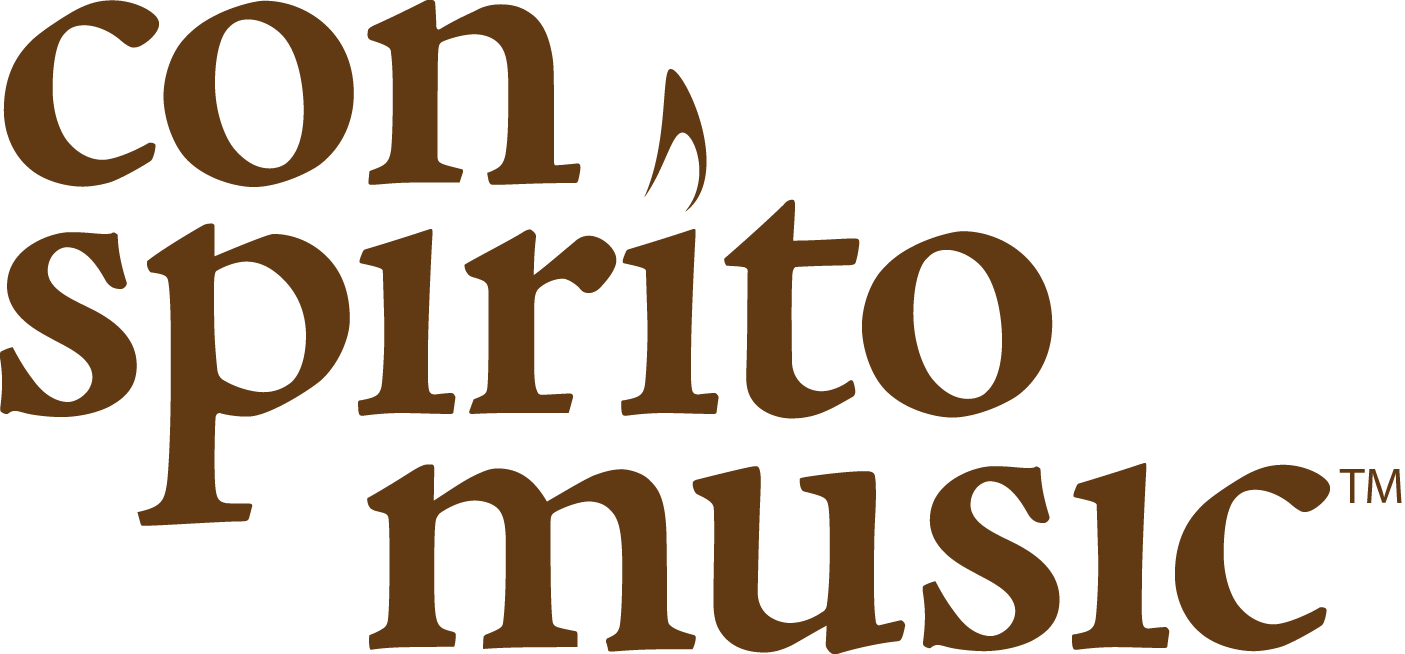“Saw Ye My Savior?” is an early 19th-century American folk hymn with a tune that predates it by perhaps 100 years or more.
Both the text and the tune seem to have been freely adapted to the subject of the song (whether secular or sacred) and the singer, which is typical of folk songs and folk hymns handed down from one generation to the next. For example, the text of the hymn, which begins “Saw ye my Savior, saw ye my Savior, saw ye my savior and my God?” is similar to that of an English folk song, “Saw you my father, saw you my mother, saw you my true love John?”
In the 1858 edition of William Walker’s shape-note hymnal, The Southern Harmony, and Musical Companion, the source cited for the text and tune is “Baptist Harmony (1834), p. 477.” However, William Hauser and Benjamin Turner’s collection, The Olive Leaf (1878), refers to the tune as a “Scotch air”; and certainly, the “Scotch snap” rhythm in measures 3 and 4 of the tune lend credence to that.
The website, hymnary.org, cites “Saw Ye My Savior?” as having been published in 167 hymnals (all prior to 1979 but one). Two similar tunes, CRUCIFIXION (Southern Harmony) and ATONEMENT are associated with the text.
Because the subject of the text is Christ’s crucifixion (see representative text here), “Saw Ye My Savior?” has often been used as a choral anthem in Palm Sunday, Good Friday, and Holy Saturday worship services. This arrangement of the lovely, flowing tune for trombone (or euphonium, cello) and piano is ideal during Holy Week or at any time as a meditative prelude to worship, as an offertory, or as a communion selection.
Piano score, bass clef and Bb treble clef solo parts — $5.99
